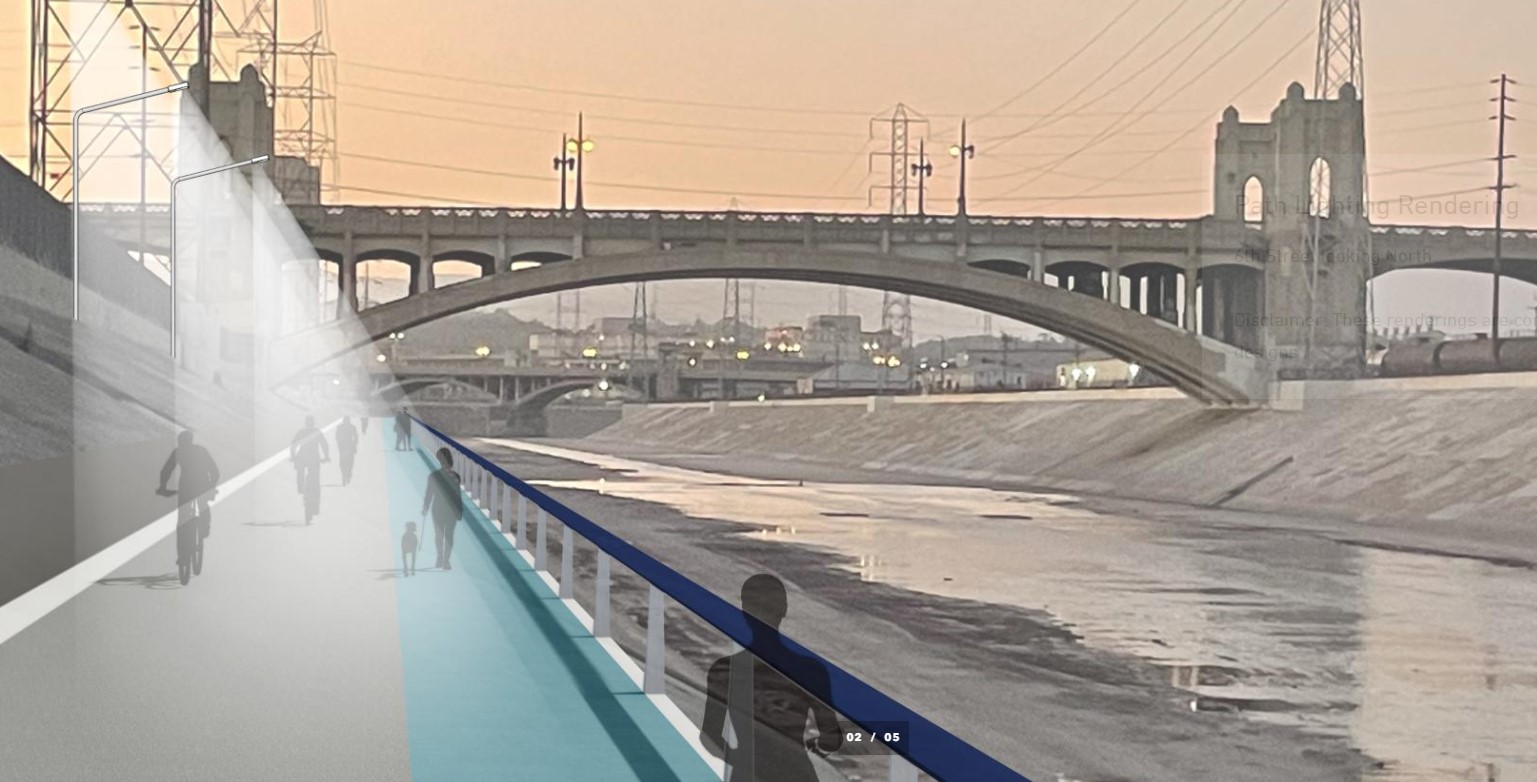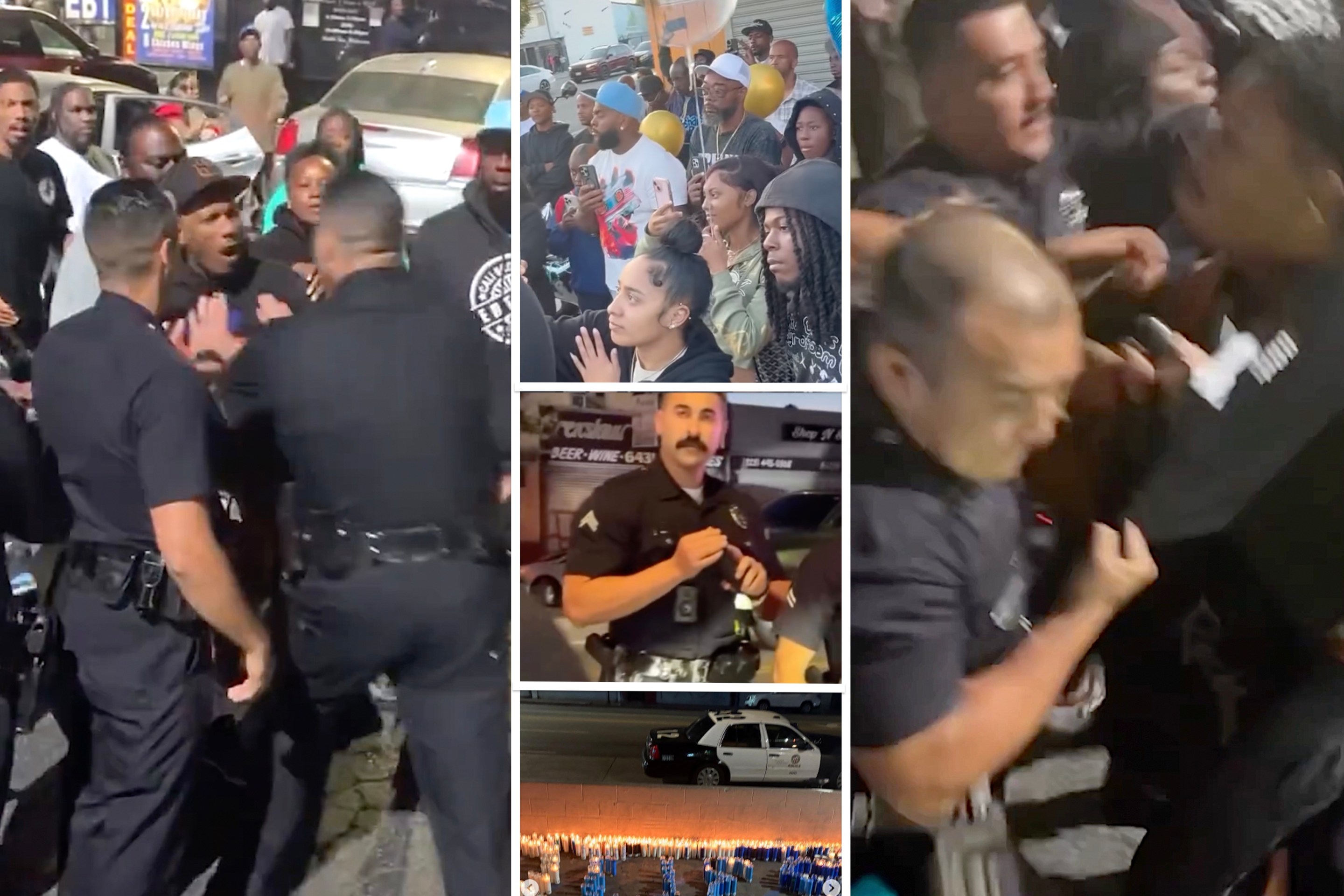
Seattle's deep bore highway tunnel -- meant to replace the Alaskan Way Viaduct along the waterfront -- is off to an absolutely horrible start. The tunnel boring machine, "Bertha," has broken down 1,000 feet into its dig. It has moved just four feet in the last two-plus months, and it could take months more to fix it.
Ben Schiendelman at Seattle Transit Blog says additional delays are likely and there's no guarantee it will be possible to complete the project at all, at this point. Washington Governor Jay Inslee has been fielding questions about whether it's wiser for the state to cut its losses and abandon the project. Maybe it's time for the region to consider other ways to spend the remaining project funds, Schiendelman says:
So what would that $800 million, assuming we could spend it on anything, get us?
- Reconnecting the street grid in South Lake Union. Part of the reason people have to use the viaduct in the first place is that Denny and Mercer are such a mess. Allowing that traffic to load balance across several more streets would make the entire grid more performant, at about 20,000 daily inbound/outbound trips to the 99 corridor. That’s $50 million.
- The Center City Connector. Increasing transit ridership downtown reduces demand on north-south streets, adding 30,000 daily trips. That’s ~$110 million, but is eligible for $30 million in federal funds.
- RapidRide bus priority projects. The Transit Master Plan identifies a lot of small capital improvements to give RapidRide priority, and there’s a good Metro analysis of what could improve RR. Altogether, the C and D lines could pick up 15,000 new riders for only about $10 million, $5 million of which could be federal.
Before we continue, let’s see where we are – with just three projects, we could serve more than 60,000 new trips, for less than $150 million in local dollars (plus operating costs for the center city connector). And SDOT just released their 2012 traffic data – showing there are only about 60,000 viaduct trips, without a large spike in delay elsewhere.
That’s just how cost-ineffective this tunnel really is -- most of this capacity can be met with an order of magnitude less money. Sure, the trips in cars aren’t as fast, but the trips on transit are much faster, and there’s another $650 million to work with! So what would we do?
Elsewhere on the Network today: Mobilizing the Region shares an open letter to Long Island's "no one should bike here" legislator. Bike Portland says that the city is the latest to adopt a "Vision Zero" policy, aimed at eliminating pedestrian deaths. And Walkable Dallas-Fort Worth shares some financing ideas for cities that want to take on a highway teardown.






